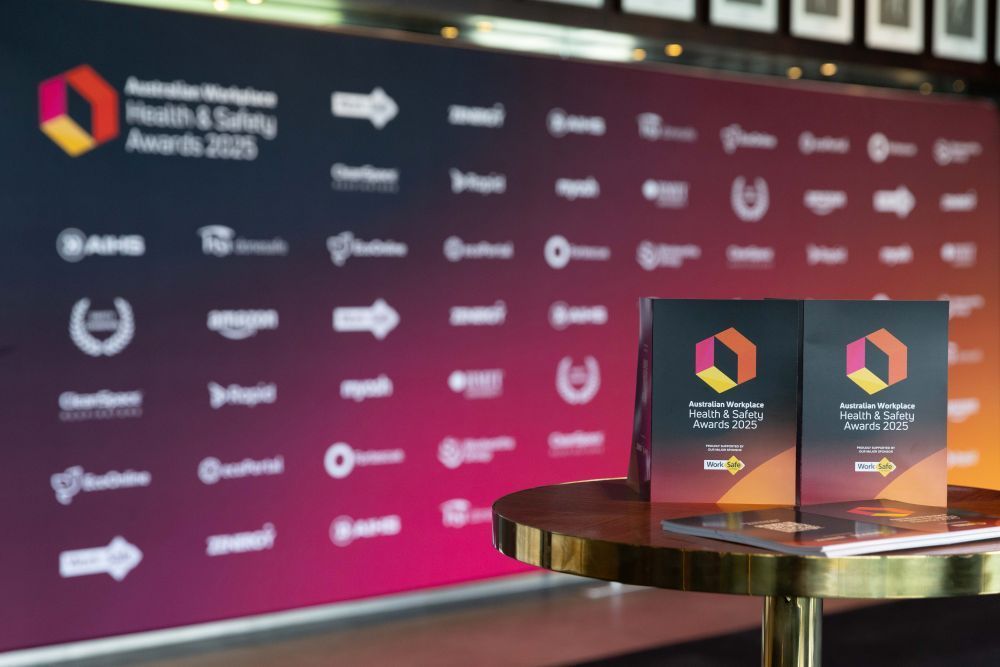Reporting on WHS: where companies go wrong
By James Harkness on 16 October 2014
Data on the quality of work health and safety information that organisations provide their stakeholders shows there is much room for improvement. An academic has discussed what to do and not do when it comes to annual reports.
Dr Sharron O’Neill, from the IGAP Research Centre, Macquarie University, recently participated in Safe Work Australia’s Virtual Seminar Series (VSS), a free online event run throughout Safe Work Australia Month in October.
In her 30-minute presentation, which can be viewed online, she urged organisations to demonstrate corporate social responsibility and good business governance by providing investors, job applicants, customers, suppliers and other stakeholders with accurate, timely and useful reporting on work health and safety.
Information quality is poor
O’Neill said the annual report, being the main medium for communicating with stakeholders, was an excellent vehicle for reporting on work health and safety. Since the 1970s there has been a move towards greater corporate social responsibility accompanied by an explosion in the number of organisations reporting on WHS in annual reports, especially in the past decade.
With support from Safe Work Australia, the Safety Institute of Australia, the Institute of Chartered Accountants and CPA Australia, O’Neill and her colleagues from Macquarie University have been investigating what stakeholders want to see in annual reports, in terms of WHS reporting, and what companies actually provide.
Broadly, while they found increasing evidence of reporting on WHS in annual reports, the quality of information was generally quite poor and there was a substantial gap between what stakeholders expected and what companies reported.
Common mistakes and critical information
O’Neill’s observations provide organisations with guidance on WHS reporting in annual reports and are summarsied here:
– Most organisations communicated their commitment to work health and safety in their annual reports, which is important but not on its own sufficient; qualitative and quantitative evidence is necessary to demonstrate how governance is practised.
– Some organisations were ‘vague’ about their strategy (e.g. “We continue to reinforce our steadfast belief that we must never take the health and safety of our people for granted and the pursuit of zero harm remains our overriding goal”) when more evidence was necessary to show how objectives would be met.
– Lead and lag indicators are an important source of evidence as to the effectiveness of critical processes to manage health and safety, but few reports include these measures. In the case of consultation, for example, a lead indicator might be the number of staff consulted about health and safety issues and the lag indicator might be the number of employee suggestions adopted.
– Organisations reported on the number of audits and training sessions, but there was limited evidence of the effectiveness of either, indicating room for improvement in this area.
– There is an increasing focus on a total recordable rather than lost time injuries, which is positive. Lost time injury frequency rates (LTIFRs) are not a useful measure of health and safety. They capture only a subset of work-related injuries (i.e. those requiring time off) and fail to provide information about the effectiveness of WHS systems or the severity of the injury itself e.g. a person could suffer permanent hearing loss or a debilitating musculoskeletal injury but it won’t be captured as a lost time injury if they don’t take an entire day off; instead, they might be classified as medical treatment injuries, which are generally considered less serious. In effect, organisations are trying to pick the ‘low-hanging fruit’ by focusing on preventing short-term absences when costs associated with fatalities and permanent disabilities are significantly higher. Organisations should reframe how they view injury and illness.
– In terms of consistent and quality data, firms: reported different indicators; applied different definitions to the same indicator (e.g. multiple companies reported LTIFR but actually measured different things, some LTIFRs captured illnesses too); applied different names to the same indicator (e.g. lost time injuries were referred to as lost time incidents in one report); didn’t define their indicators; or didn’t stick to the definitions. As a result, it was difficult to ascertain what was being reported or to make any sort of meaningful comparisons between the organisations. Having a glossary of terms is absolutely critical to consistent WHS reporting.
– There was evidence of manipulation in the way data was presented, with some organisations changing the indicators they used to cast their operations in a more favourable light (e.g. Companies reporting employee and contractor injury data separately when contractors had a poorer injury rate, but reporting them together when employees had a poorer rate). Being open and honest about the impact is important. Companies that are reluctant to talk about the severity of their injuries are effectively hiding the impact of their health and safety systems.
– Similarly, some organisations built inaccurate narratives around their data (e.g. increasing rates of injury in one report was described as “results plateaued”, and an increase in lost time injury rates in another report was deemed a “slight improvement”).
– The data reported didn’t always make sense, which erodes stakeholder confidence (e.g. some organisations produced multiple reports on the same indicator for the same period but the reports contained different results). This indicated organisations need to check the numbers add up and that independent verification is valuable.
– Stakeholders wanted information about the financial costs of work health and safety failure (i.e. fines and penalties plus the legal costs) and some wanted information about workers compensation costs.
Summary
O’Neill said that to achieve best practice in reporting WHS in annual reports and to instil confidence in stakeholders, organisations need to recognise who the users of the report are, clearly articulate their vision and identify their critical risks.
They need to acknowledge the consequences of failure, outline how risks are being managed and — where there has been a serious injury or illness — provide analysis: what happened, what was the cause, what is the lesson, what is being done to prevent this occurring again, etc.






